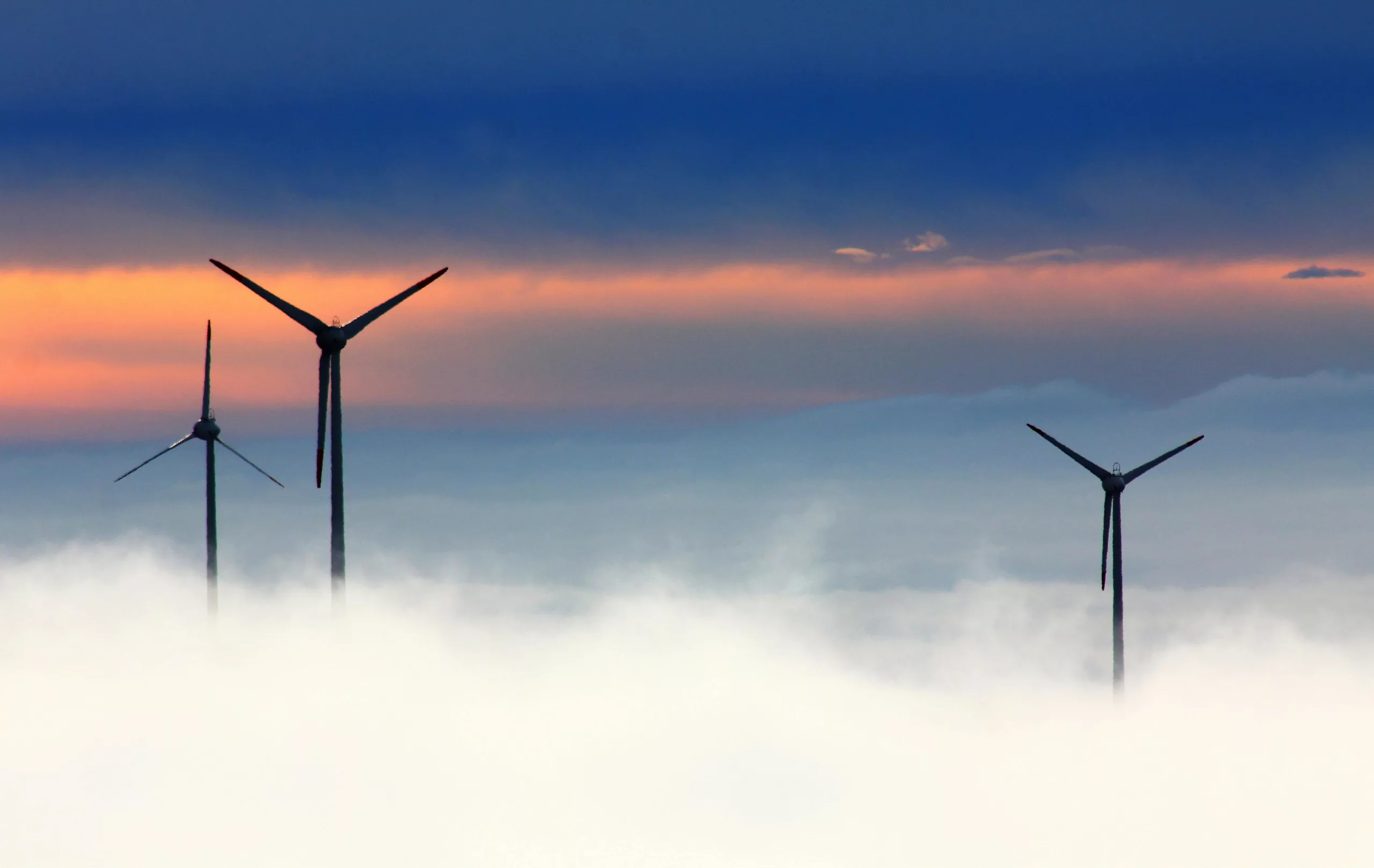The Baltic Sea, encompassing Russia’s narrow coastal territory, remains untapped for its offshore wind potential, despite being a prime location for wind energy projects. Contrary to Russia’s inaction, neighboring nations are vigorously harnessing this resource, exemplified by Germany’s latest 975-megawatt wind initiative featuring Siemens Gamesa turbines equipped with an innovative “power boost” function to enhance energy output.
Investment Giants Bet on Baltic Wind
In the renewable energy landscape, Skyborn Renewables stands out as a key player, especially after being taken under the wing of BlackRock, the investment behemoth recognized for its commitment to sustainable energy. Skyborn, previously known as wpd renewables, boasts an impressive portfolio with 7 gigawatts of offshore wind assets and a remarkable 30-gigawatt project pipeline. With significant backing and a robust track record, the company is poised to play a central role in the Baltic region’s wind energy boom.
Unfolding Developments in the Baltic Sea
Skyborn Renewables has been proactive in the region with its proposal for a colossal 3.6-gigawatt wind farm located between Finland and Sweden. Similarly, plans are underway for the Fyrskeppet wind farm near Stockholm, with an anticipated capacity to produce up to 11 TWh of fossil-free electricity, equivalent to 8% of Sweden’s current electric consumption. Furthermore, Skyborn is developing additional projects, collectively raising their Swedish wind power potential to an annual 40 TWh.
Germany’s Baltic Wind Initiative with Enhanced Turbine Technology
The German sector of the Baltic Sea will soon be home to the Gennaker offshore wind farm, a 927-megawatt endeavor fortified with Siemens Gamesa turbines that incorporate a “power boost” capability. This advanced controller empowers the turbines to intensify production by adjusting rotor speed, potentially raising energy output by up to 2%—a substantial boon for offshore settings where wind conditions are more consistent and powerful.
Baltic Sea Attracts More Investors
Investor confidence in the Baltic Sea’s wind prospects was reinforced when Ingka Group, an IKEA franchise leader, unveiled a collaboration with OX2 to create the Neptunus offshore wind project in Swedish waters. The planned installation could have up to 207 turbines, delivering a total capacity of 3.1 gigawatts. This development highlights the striking contrast to Russia’s sidelined renewable energy strategy, further diminished by the limited maritime expanse of Kaliningrad, pressured by both geographic constraints and military commitments.
New Frontiers: The Green Hydrogen Revolution
Poland and other Baltic nations are not only investing in wind but looking ahead to integrate renewable energy with emerging green hydrogen technologies. The formation of the Nordic-Baltic Hydrogen Corridor consortium is a testament to this forward-thinking approach. Aiming to cut carbon emissions in industrial sectors, the group, including stakeholders from across six countries, aims to implement hydrogen production from wind energy. With a pre-feasibility study in progress, the consortium is targeting a 2030 operational date, to contribute to energy independence and reinforce the EU’s hydrogen strategy against the backdrop of Europe’s quest to lessen its reliance on Russian energy imports.
This strategic pivot towards clean energy and hydrogen production could very well redefine the region’s energy dynamics and economic resilience, leaving Russia’s energy dominance in question as these innovative efforts unfold within the Baltic Sea region.
